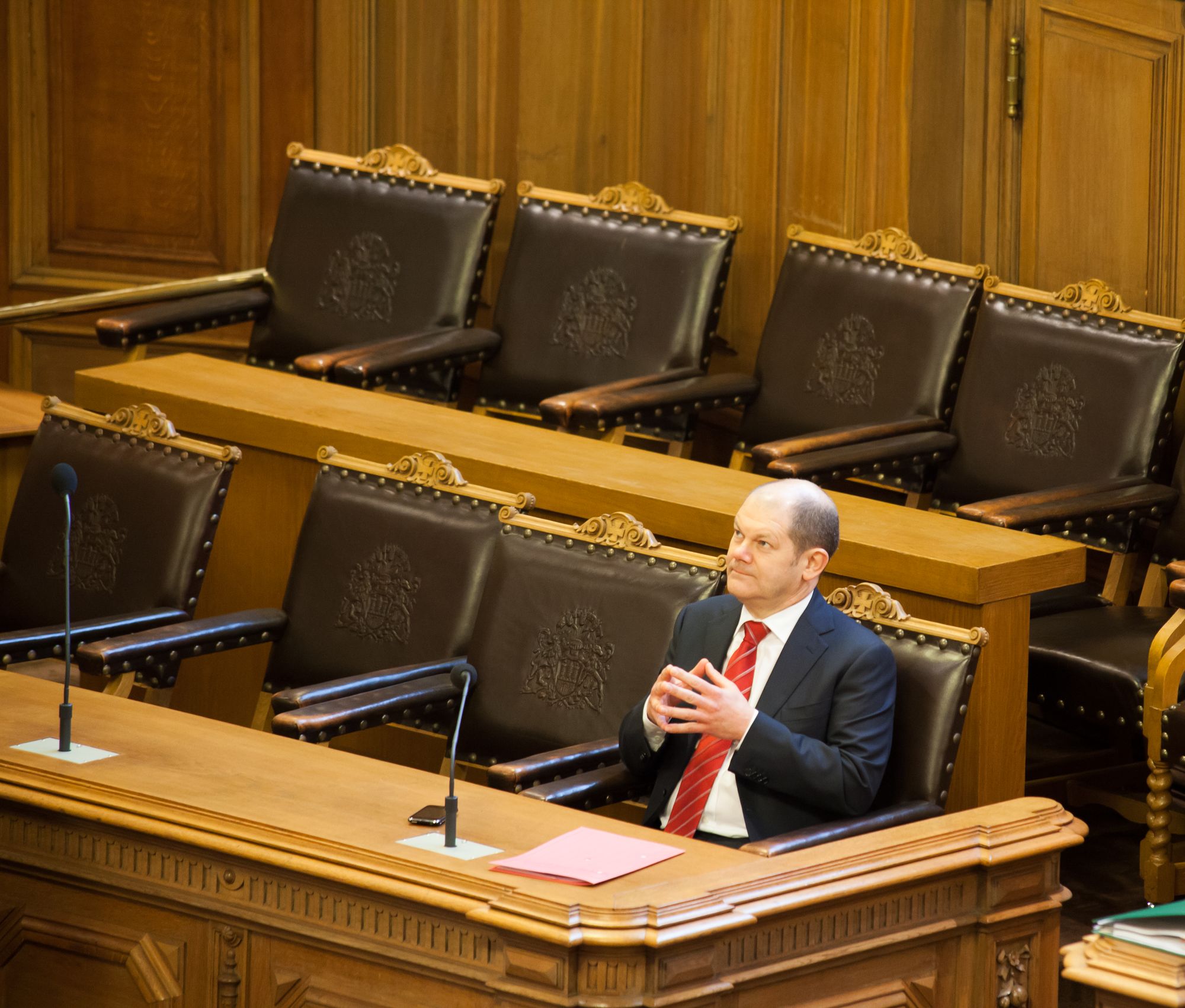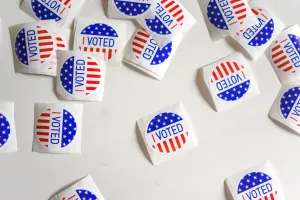Across the United States, state governments are drawing new maps for congressional and state legislative districts. After the federal government conducts its decennial census of the nation’s population, state governments redraw district lines to ensure that a roughly equal number of citizens resides in each district.
This all serves the dominant method of electing representatives in the United States, from city council races, to state legislative chambers, to the US House of Representatives: the single member district system. It’s a simple system, one most of us know intuitively even if we don’t know the precise terminology. A city, state, or national government is broken down into districts, in which parties nominate candidates to compete and citizens cast a single vote for the candidate they prefer. The candidate who wins the most votes—not always a majority—wins that district’s assigned seat in the legislature.
The current round of district-drawing is going on with the transparency, good faith, and civic-mindedness that Americans have come to expect from their government, which is to say not much. In states where redistricting is controlled by state legislatures, politicians are hard at work making sure that the maps favor the legislature’s dominant party. In North Carolina, a state that Donald Trump won with just under 50% of the popular vote, the Republican-controlled legislature has finalized a map that is likely to award House Republicans 71% of the state’s seats. In Illinois, where President Joe Biden won 57% of the popular vote, the Democrat-controlled legislature has drawn a map that will give House Democrats 76% of the state’s seats, although the map is not yet finalized.
Most Americans know what to call this practice: partisan gerrymandering. In fairness to Illinois Democrats, their move appears to be a response to over a decade of Republican refusal to reform the redistricting process. Even after many states controlled by Democrats have set up independent redistricting commissions, and after House Democrats passed a bill that would establish such commissions in every state, Republican-controlled states have made few moves to reduce the partisanship of the process and have not supported Democrats’ reform bill.
But even where independent commissions exist, the single member district system itself remains a problem. Aside from the fact that independent commissions aren’t always designed or able to rise above the partisan fray to deliver equitable maps, the single member system simply cannot ensure that there are competitive elections in every district. For a variety of reasons, there is always going to be a high number of districts in which the winning party is essentially a foregone conclusion. In California, where an independent commission is used, for example, only about 10 of 53 congressional districts are “competitive.”
This amounts to what we might call “wasted votes.” Given that single member district elections are winner-take-all, all votes for the loser and all votes for the winner beyond the number required for victory (often tens of thousands) are rendered pointless. To be sure, no system can entirely eliminate wasted votes, but that number is much lower in any system where a party’s power in the legislature is determined by proportional representation (which Spectacles explains here).
The problem isn’t limited to the House of Representatives, either. It’s true for many local and state legislative races, as well as the Senate and the Electoral College, in which states are the districts and some are simply much more Democratic or much more Republican. The obvious upshot of the current reality is that we often don’t feel like our votes matter (for this reason in addition to a litany of others). When I was attending college in Ohio, I knew that my votes almost certainly wouldn’t matter, and now that I’m back in California, I know that the same will be the case.
The single member system has some crucial advantages. It’s more likely to deliver one party a majority. Parties don’t need to form coalitions, and voters can more reliably expect the party they vote for to enact the platform it campaigned on. But a system like proportional representation, in which our votes go directly towards increasing a party’s share of seats, might restore some faith in the notion that the act of going to the polls and participating in democracy actually matters. It’s probably not going to happen anytime soon, and by no means would it resolve the lion’s share of today’s discontents. Nonetheless, that shouldn’t stop us from imagining alternatives that could help extract us from our democratic slump.
Be sure to listen to Harry and Philip's Reflection discussion for a deeper dive on this topic.
Subscribe to SpectaclesAnd don't miss this previous piece from Spectacles which complements what's discussed in this article.




Comments
Join the conversation